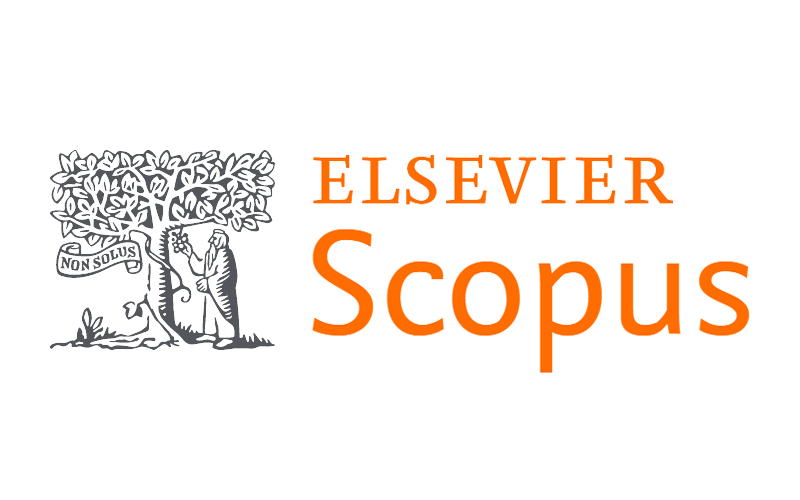Guest editorial:
Autoimmune encephalitis
DOI:
https://doi.org/10.7196/SAMJ.2023.%20v113i3.3146Keywords:
anti NMDA receptor encephalitis, autoimmmune encephalitisAbstract
Since the identification of anti-N-methyl-D-aspartate (NMDA) receptor antibodies about 15 years ago, many patients with rapidly progressing psychiatric symptoms, abnormal movements, seizures or unexplained coma, have been diagnosed with autoimmune encephalitis (AE). The symptom onset is often unspecific and might mimic psychiatric disease, but the later course is frequently characterized by severe disease, often requiring intensive care. Clinical and immunological criteria are helpful in identifying the patients, but no biomarkers exist to guide the clinician in therapy or predict outcome. While persons of all ages can be affected by AE, some types of AE affect more children and young adults and are more prevalent in women. This review will focus on encephalitides associated with neuronal cell-surface or synaptic antibodies, which can result in characteristic syndromes, and are often recognizable on clinical grounds. AE subtypes associated with antibodies against extracellular epitopes can occur with or without tumours. Because the antibodies bind and alter the function of the antigen, the effects are often reversible if immunotherapy is initiated, and the prognosis is favourable in most instances. The first part of this series will introduce the topic, provide an overview of current neuronal surface antibodies and how they present, describe the most common subtype, anti-NMDA receptor encephalitis, and discuss the difficulties in recognizing patients with underlying AE amongst patients with new onset psychiatric disorders.
References
Diaz-Arias LA, Pardo CA, Probasco JC. Autoimmune encephalitis in the intensive care unit. Neurointensive Care Unit 2019;20:249-263. http://doi/10.1007/978-3-030-36548-6_17
Endres D, Lüngen E, Hasan A, et al. Clinical manifestations and immunomodulatory treatment experiences in psychiatric patients with suspected autoimmune encephalitis: A case series of 91 patients from Germany. Mol Psychiatr 2022;27(3):1479-1489. http://doi/10.1038/s41380-021-01396-4
Florance NR, Davis RL, Lam C, et al. Anti-N-methyl-D-aspartate receptor (NMDAR) encephalitis in children and adolescents. Ann Neurol 2009;66(1):11-18. http://doi/10.1002/ana.21756
Dalmau J, Tüzün E, Wu HY, et al. Paraneoplastic anti-N-methyl-D-aspartate receptor encephalitis associated with ovarian teratoma. Ann Neurol 2007;61(1):25-36. http://doi/10.1002/ana.21050
Vora NM, Holman RC, Mehal JM, et al. Burden of encephalitis-associated hospitalizations in the United States, 1998 - 2010. Neurology 2014;4;82(5):443-451. http://doi/10.1212/WNL.0000000000000086
Gable MS, Sheriff H, Dalmau J, et al. The frequency of autoimmune N-methyl-D-aspartate receptor
encephalitis surpasses that of individual viral etiologies in young individuals enrolled in the California
Encephalitis Project. Clin Infect Dis 2012;54(7):899-904. http://doi/10.1093/cid/cir1038
UyCE,BinksS,IraniSR.Autoimmuneencephalitis:Clinicalspectrumandmanagement.PractNeurol
;21(5):412-423. http://doi/10.1136/practneurol-2020-002567
Titulaer MJ, McCracken L, Gabilondo I, et al. Treatment and prognostic factors for long-term outcome
in patients with anti-NMDA receptor encephalitis: An observational cohort study. Lancet Neurol 2013;12(2):157-165. http://doi/10.1016/S1474-4422(12)70310-1
Downloads
Published
Issue
Section
License
Copyright (c) 2023 Juliane Hiesgen, Prof Schutte

This work is licensed under a Creative Commons Attribution-NonCommercial 4.0 International License.
Licensing Information
The SAMJ is published under an Attribution-Non Commercial International Creative Commons Attribution (CC-BY-NC 4.0) License. Under this license, authors agree to make articles available to users, without permission or fees, for any lawful, non-commercial purpose. Users may read, copy, or re-use published content as long as the author and original place of publication are properly cited.
Exceptions to this license model is allowed for UKRI and research funded by organisations requiring that research be published open-access without embargo, under a CC-BY licence. As per the journals archiving policy, authors are permitted to self-archive the author-accepted manuscript (AAM) in a repository.
Publishing Rights
Authors grant the Publisher the exclusive right to publish, display, reproduce and/or distribute the Work in print and electronic format and in any medium known or hereafter developed, including for commercial use. The Author also agrees that the Publisher may retain in print or electronic format more than one copy of the Work for the purpose of preservation, security and back-up.





